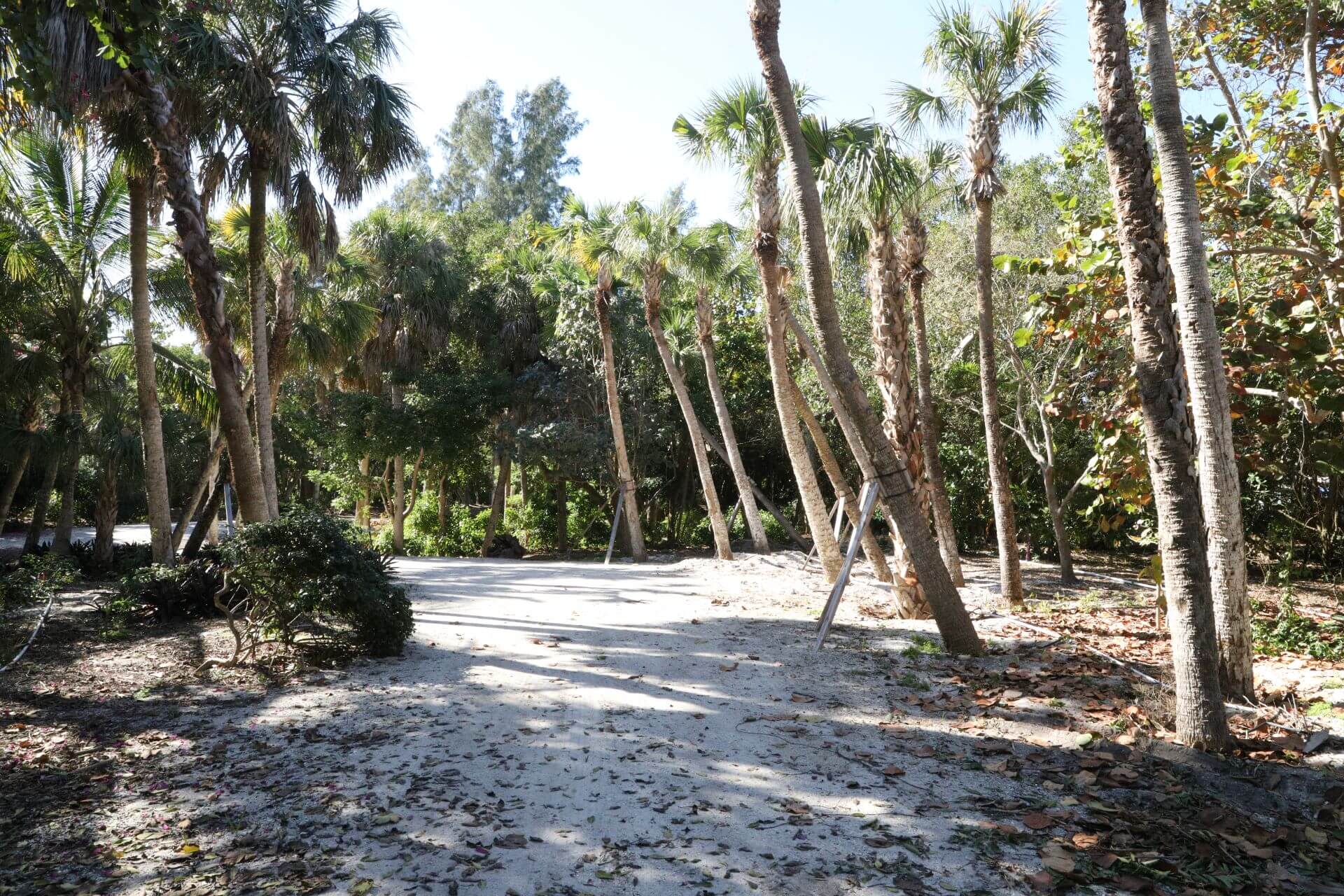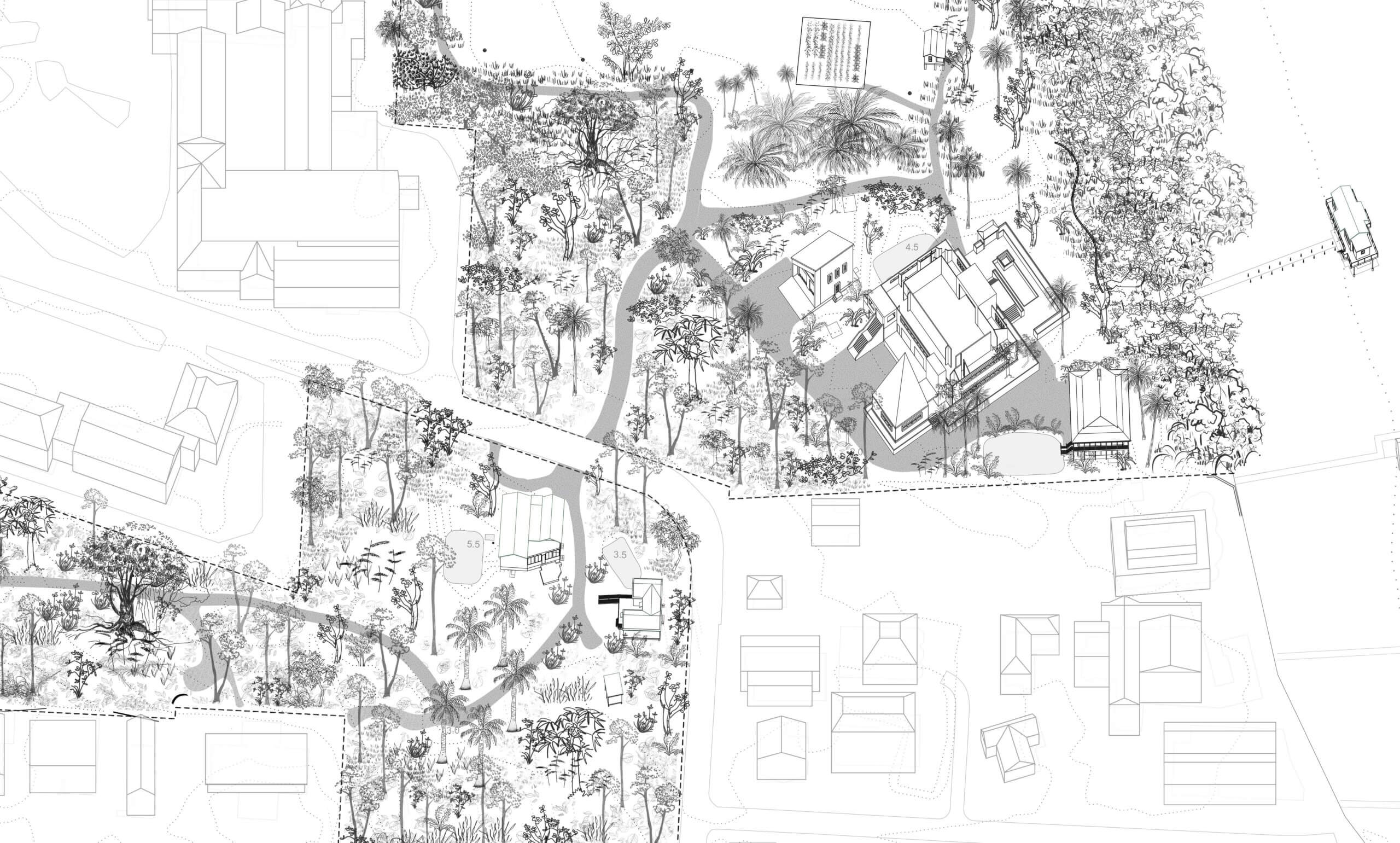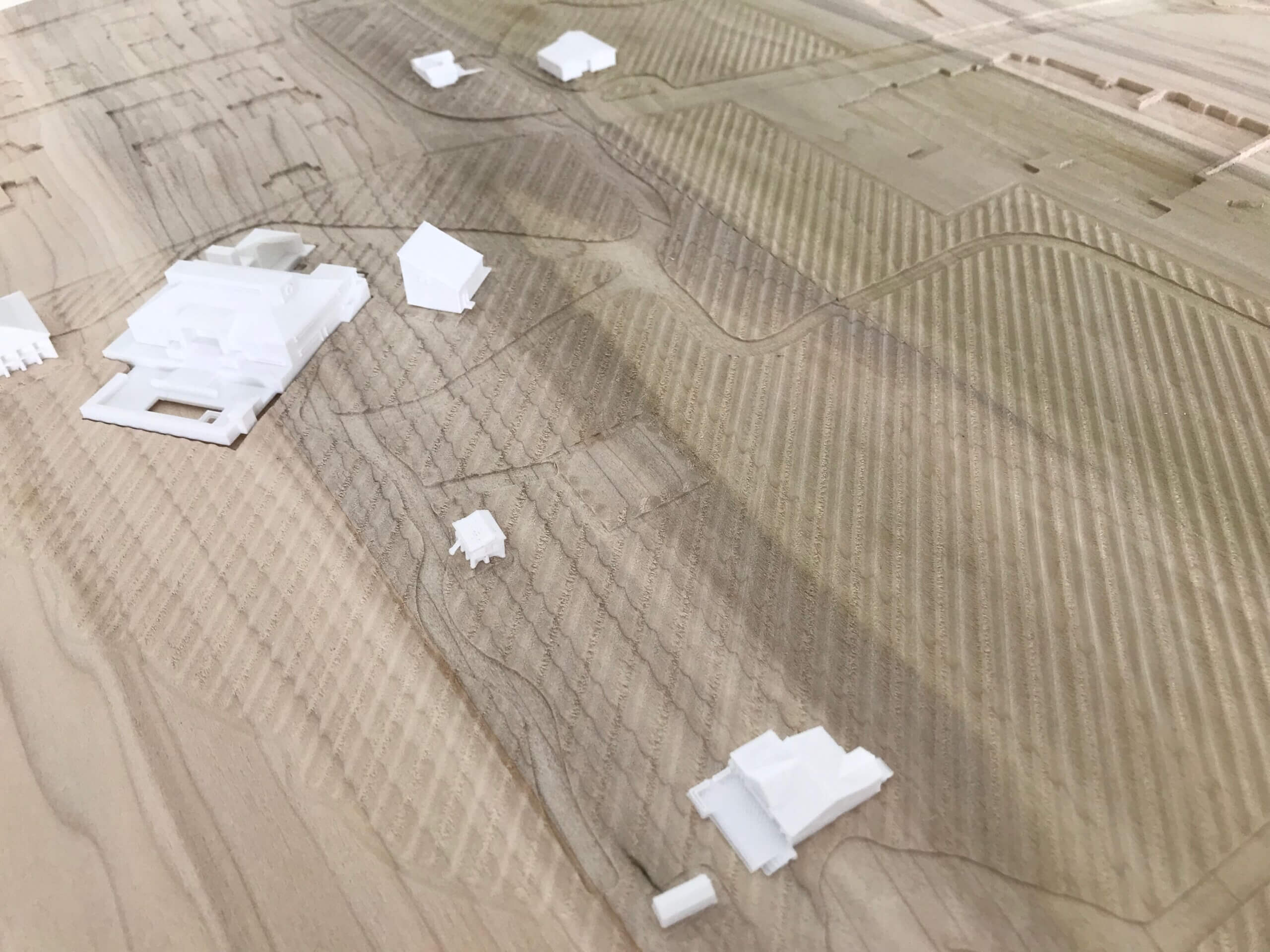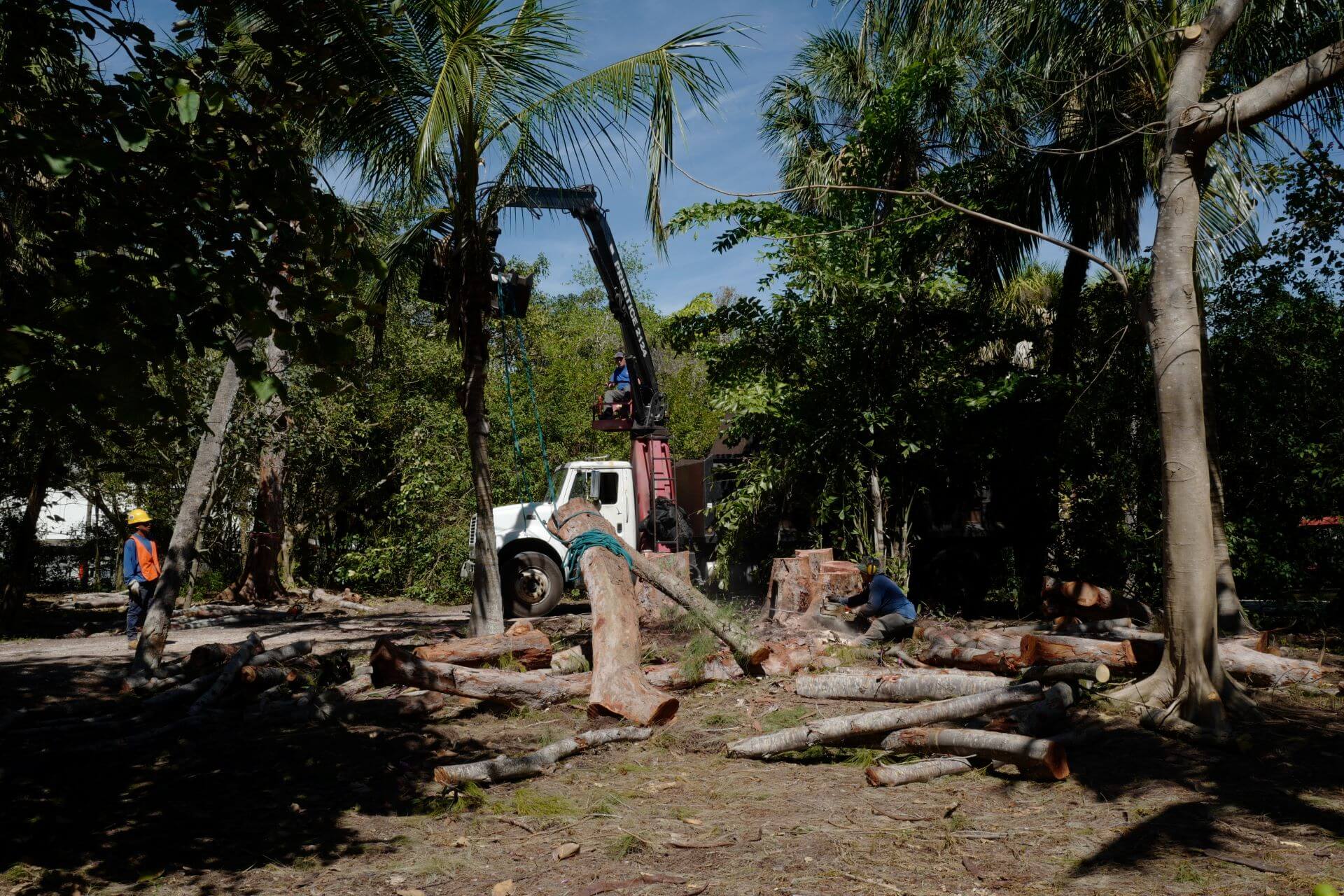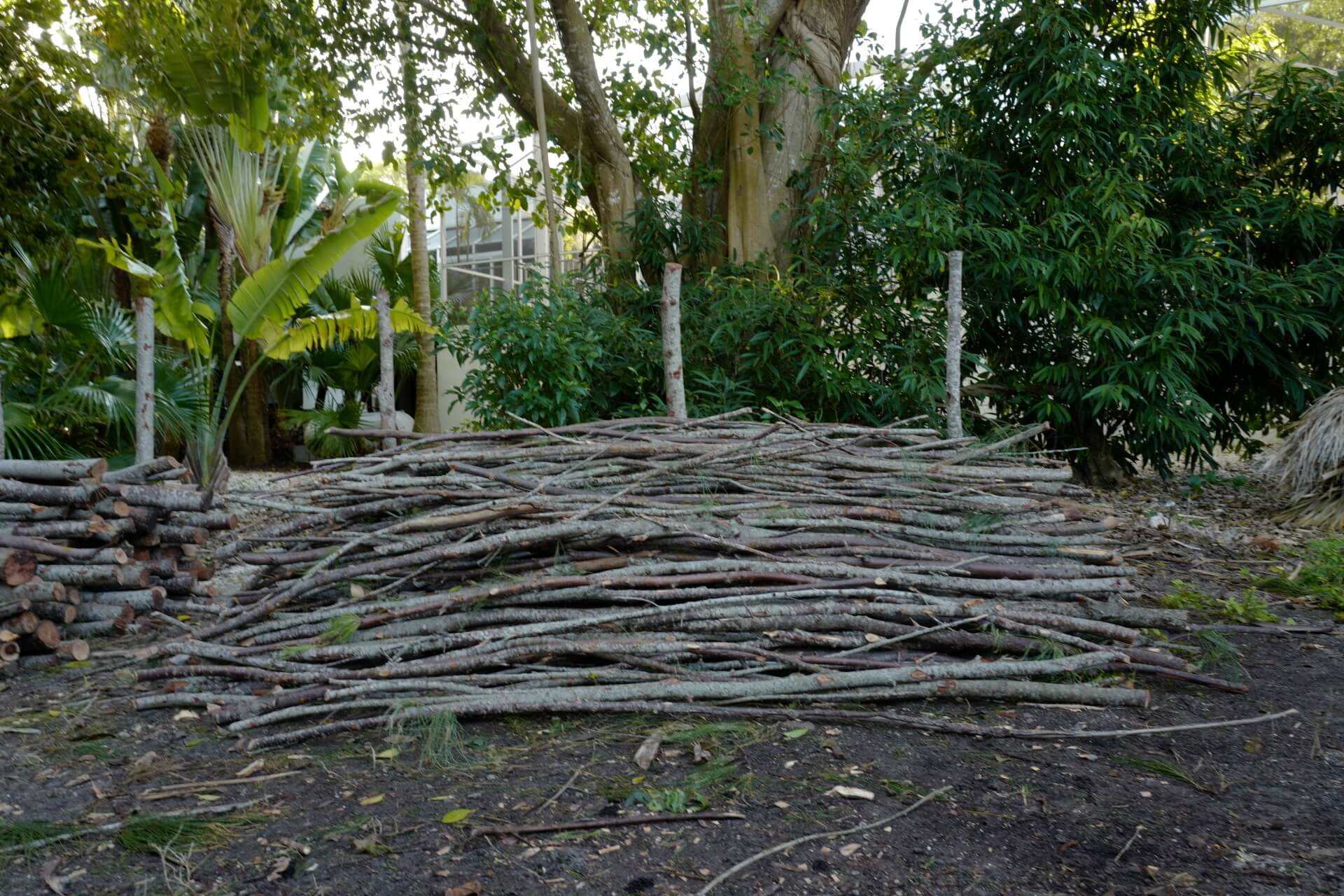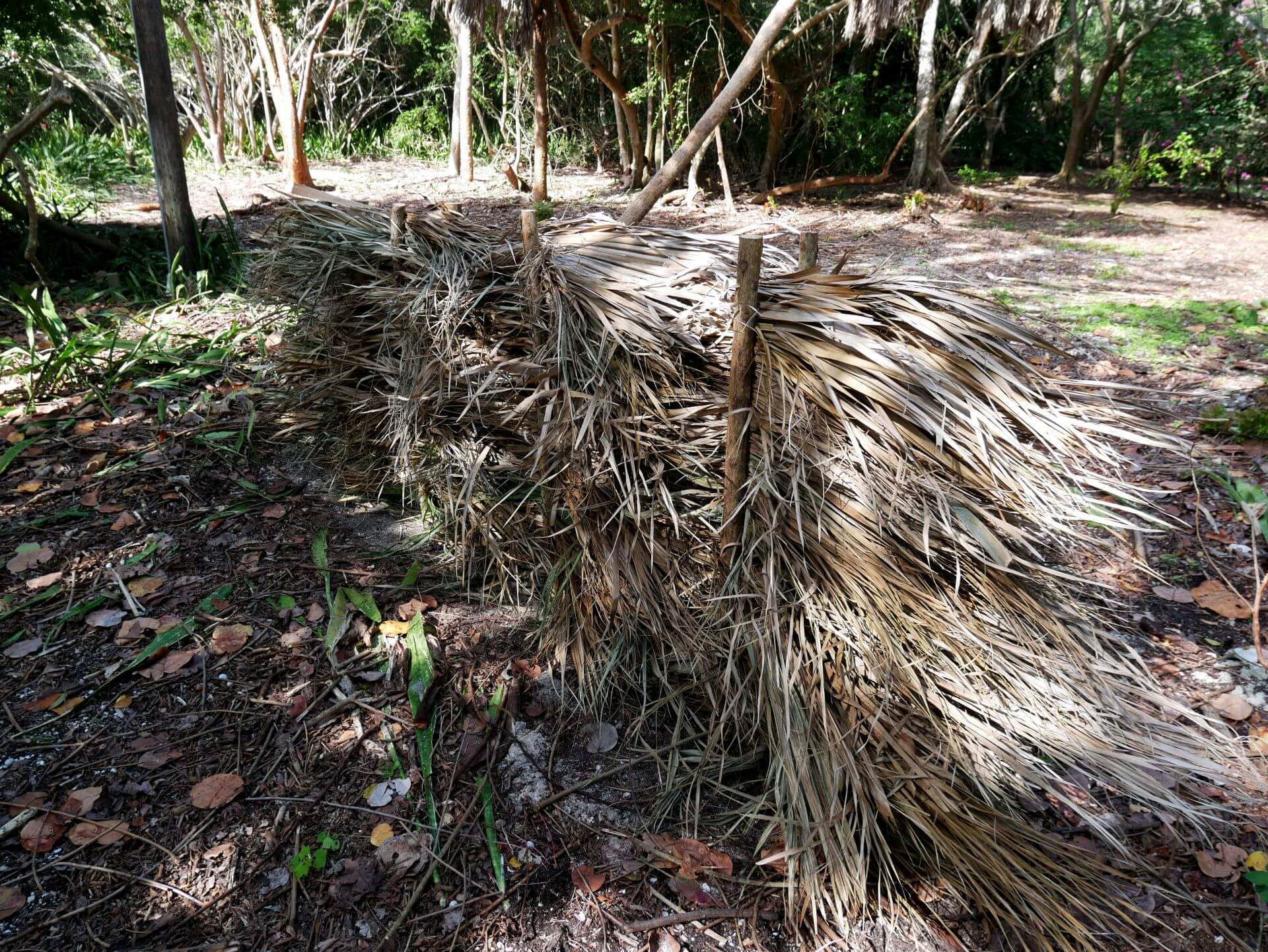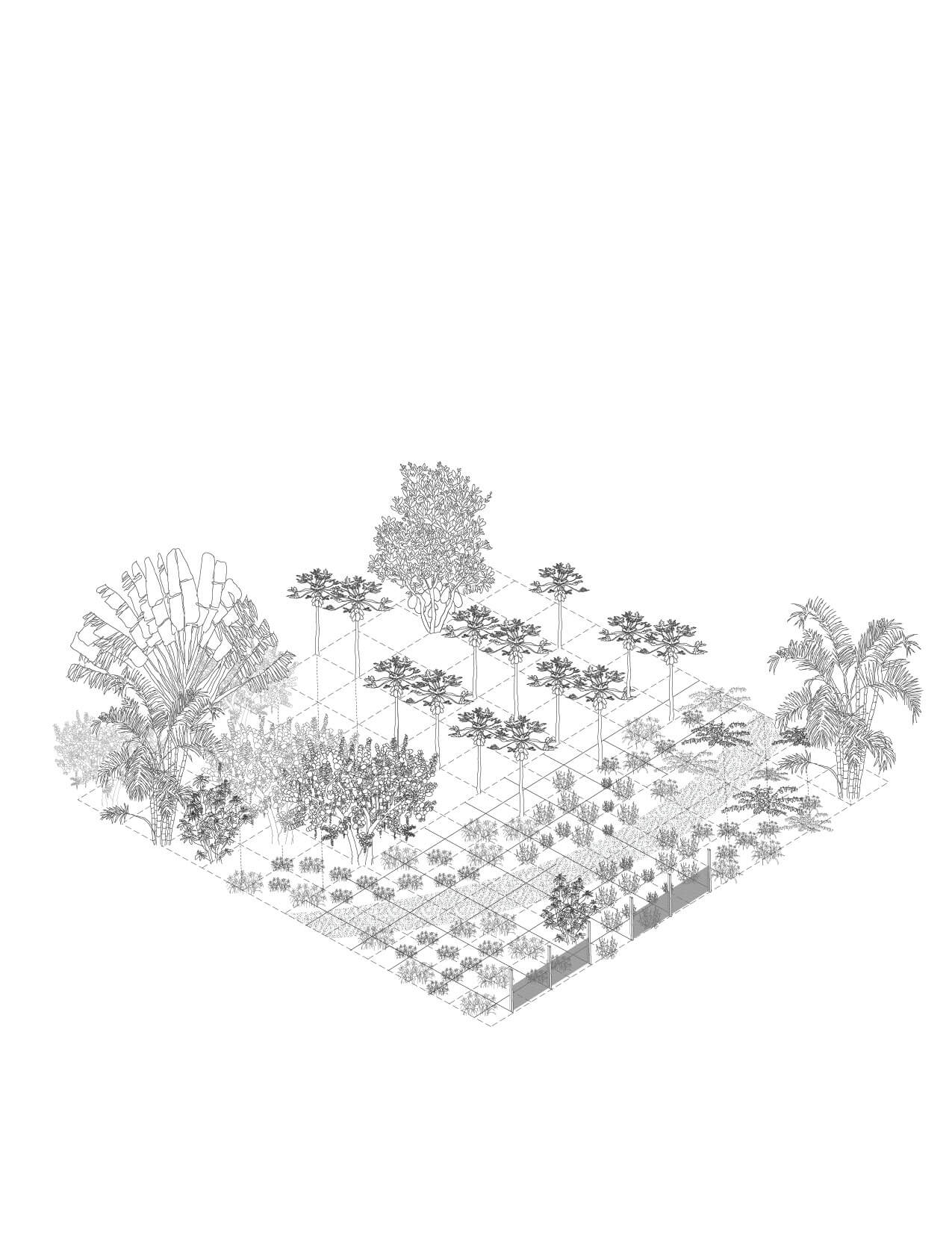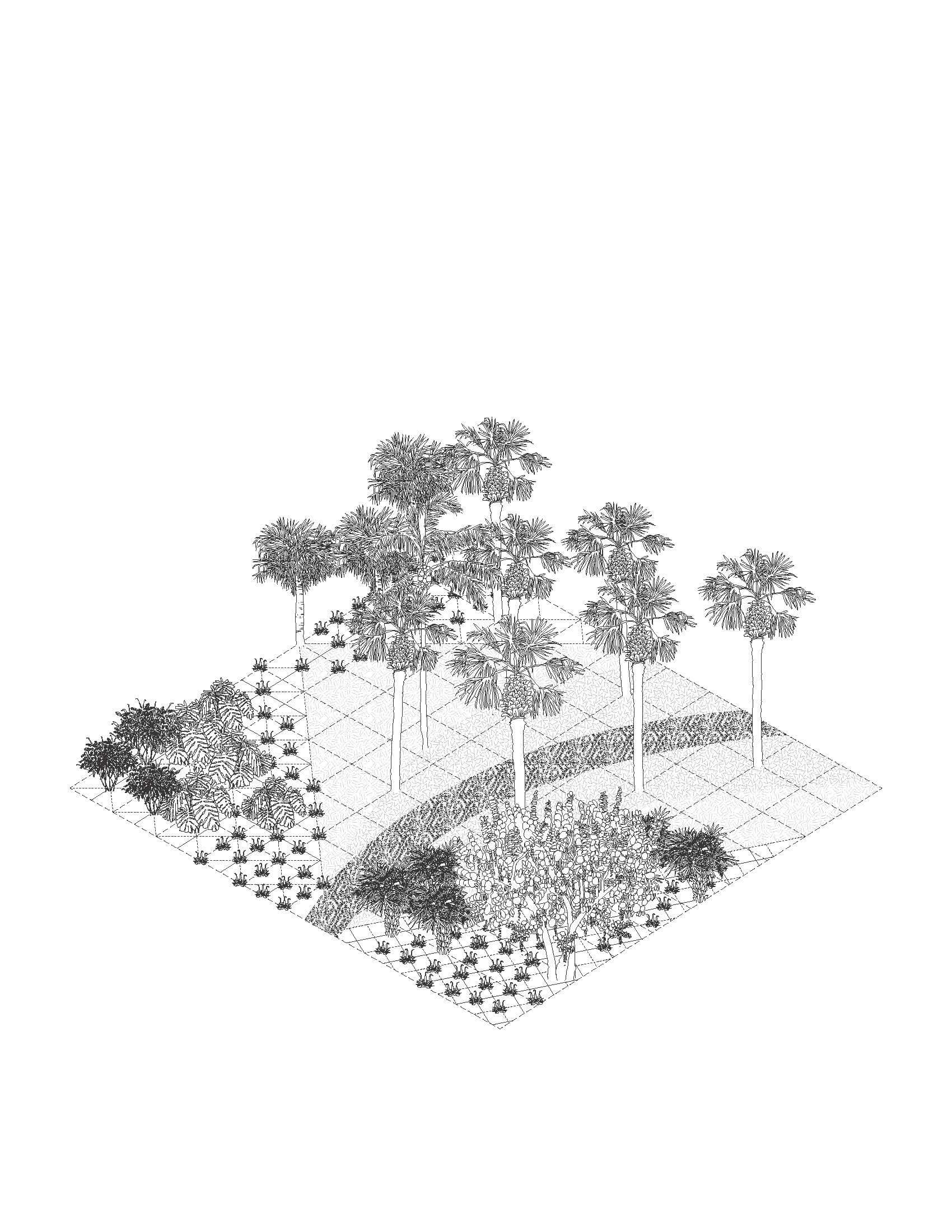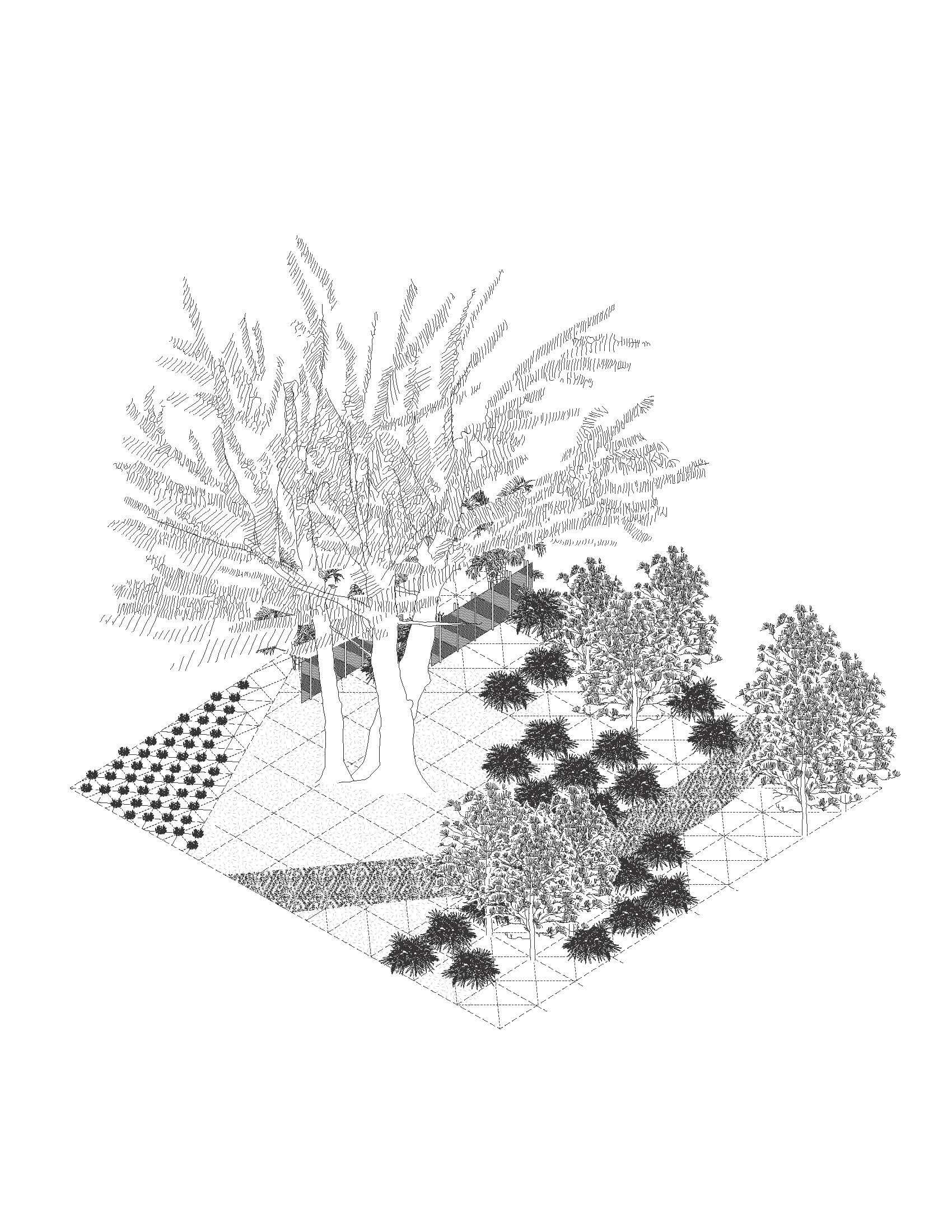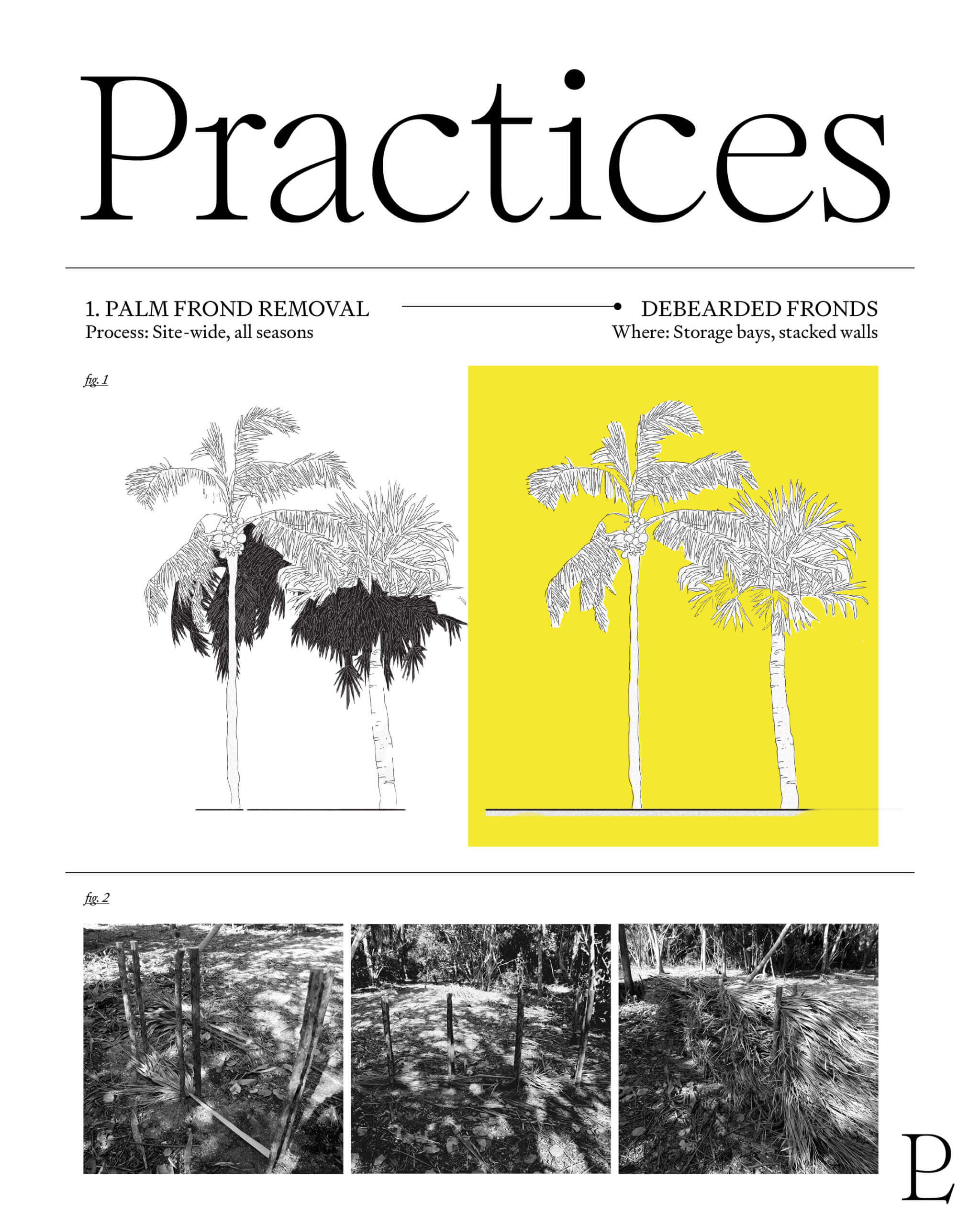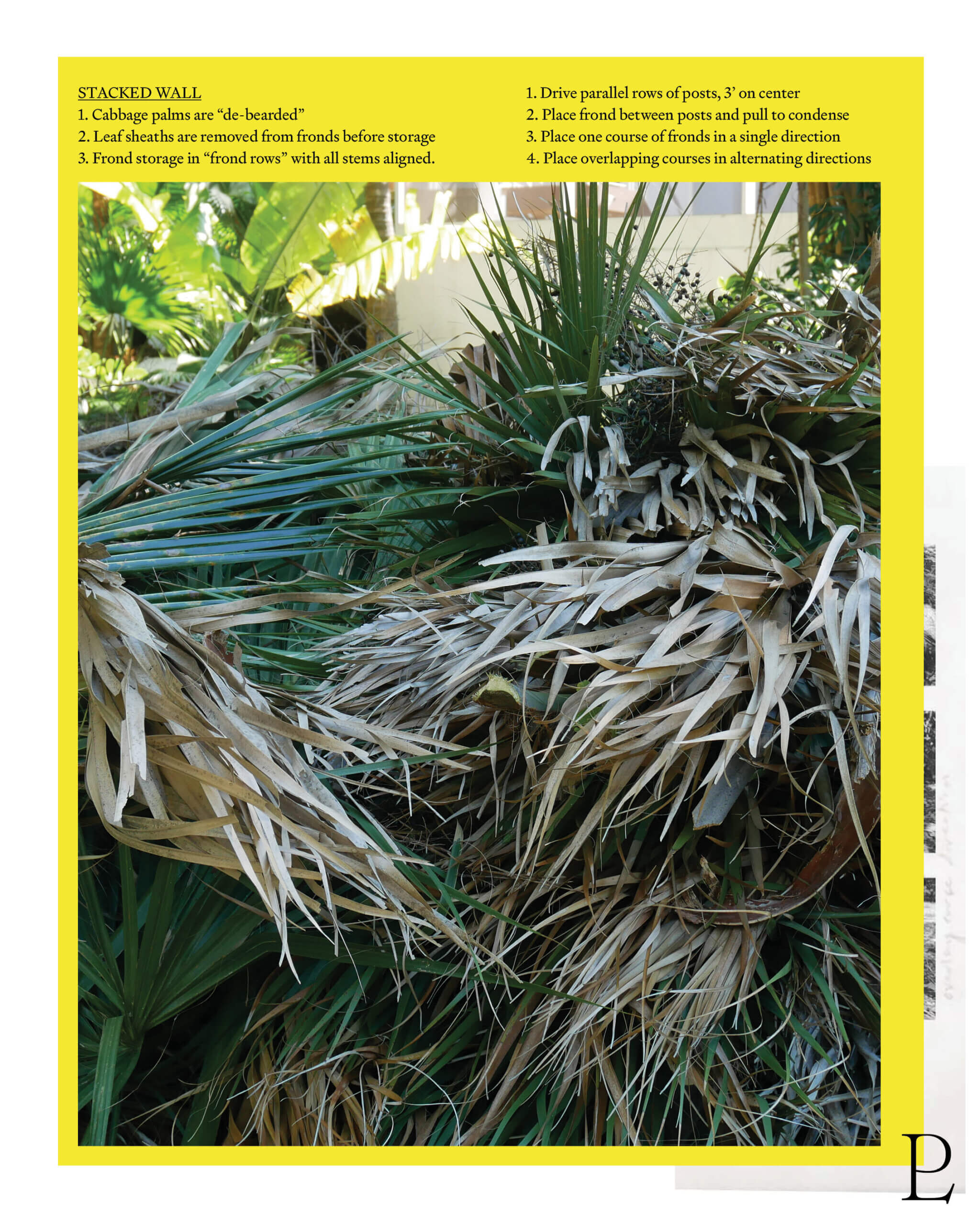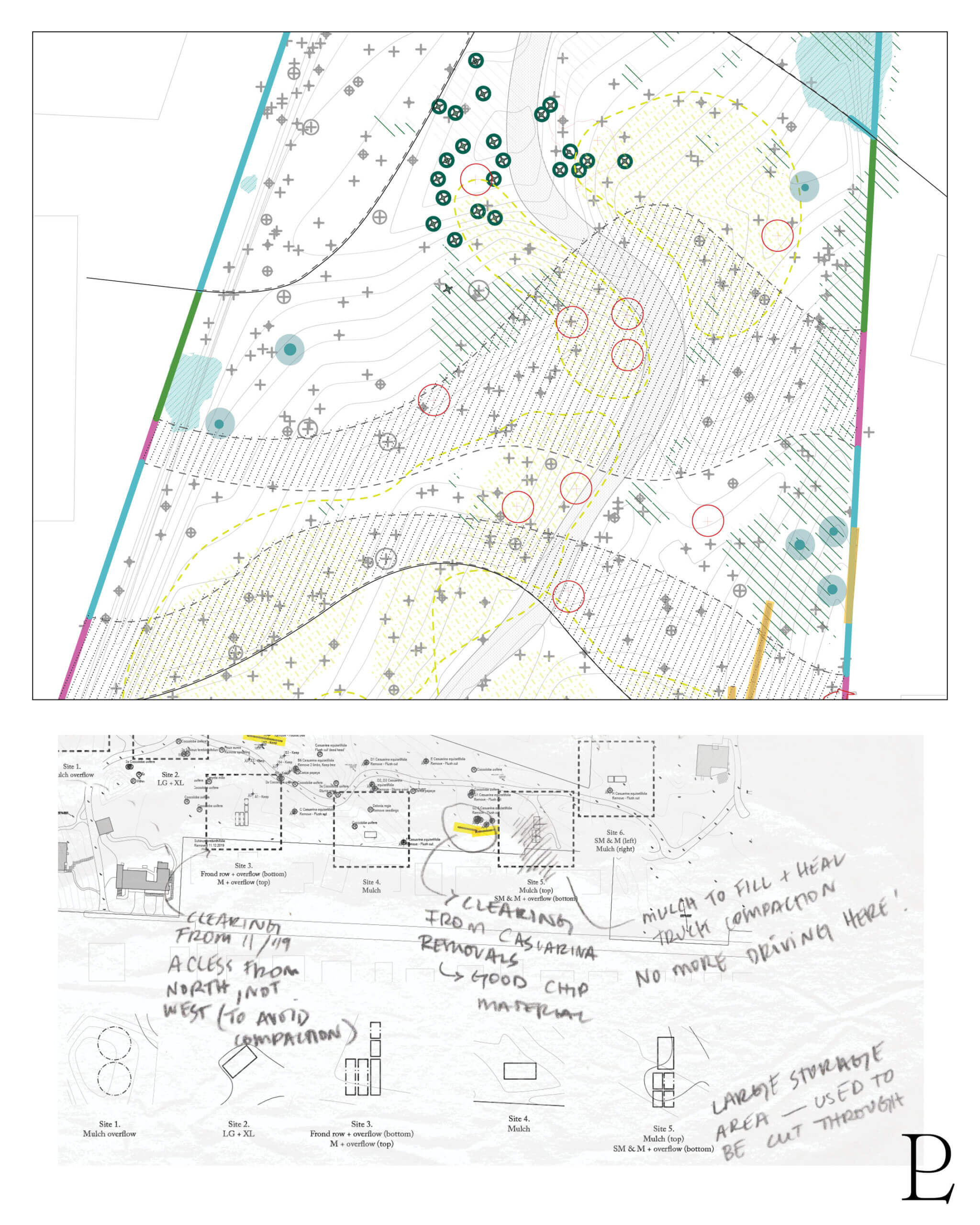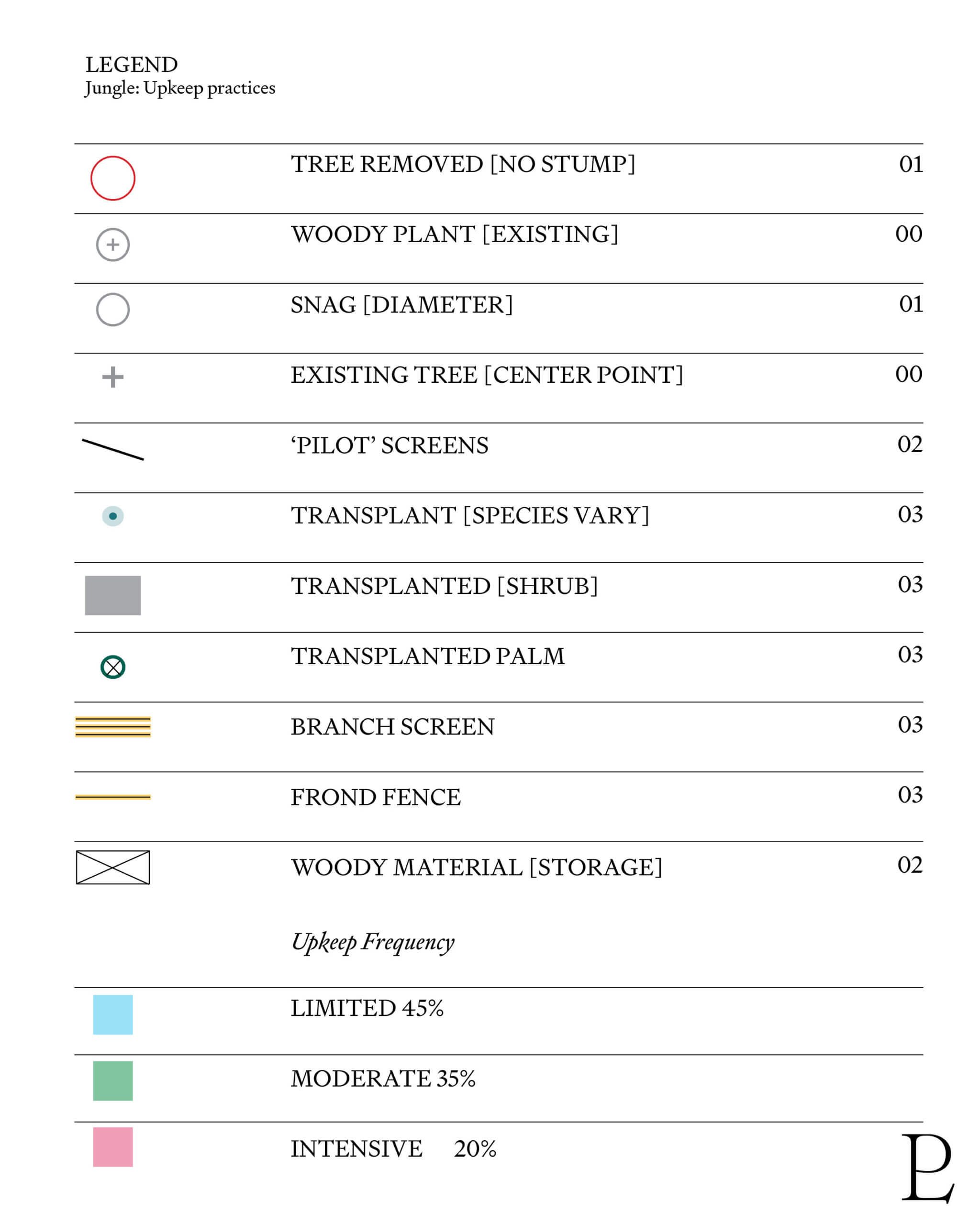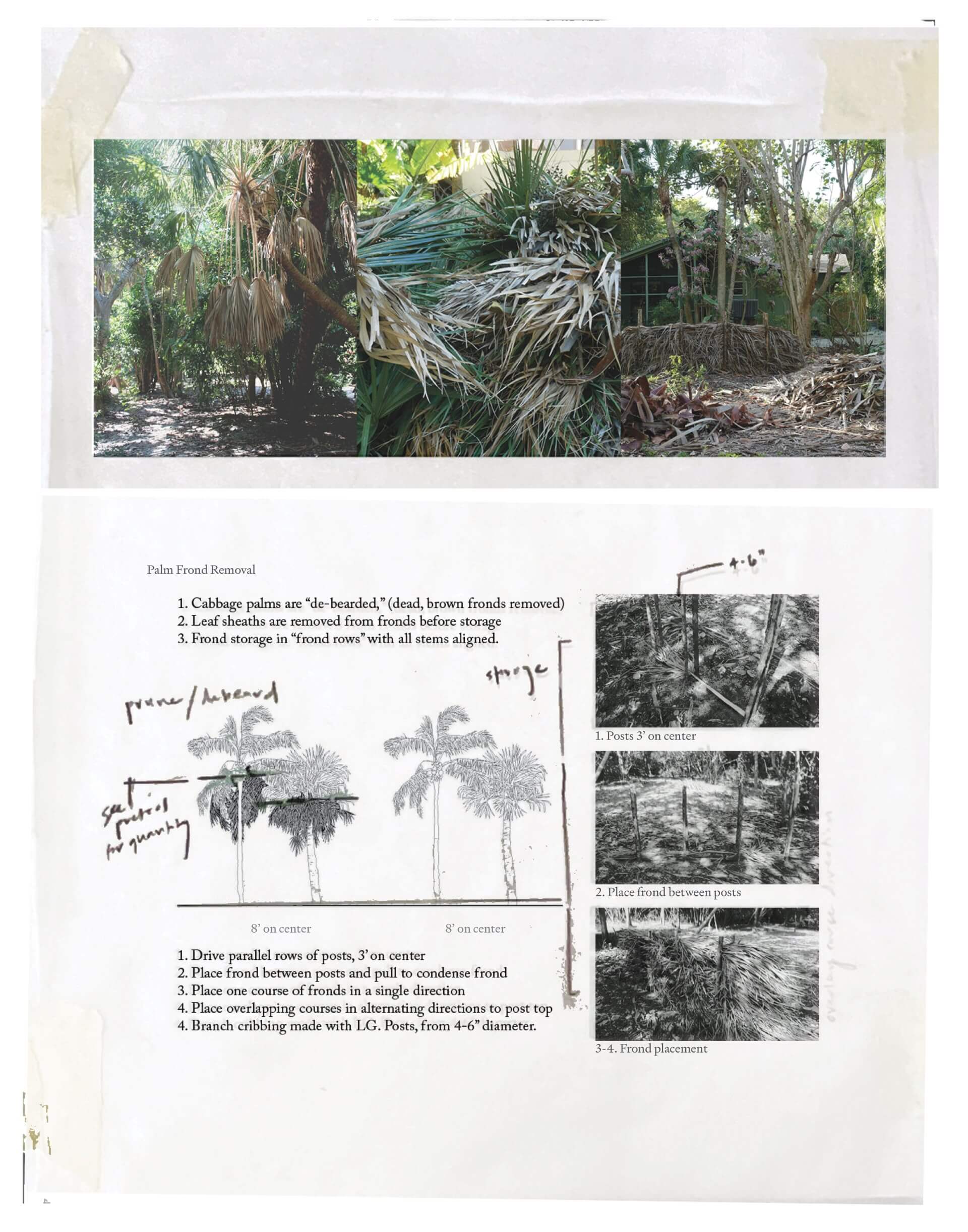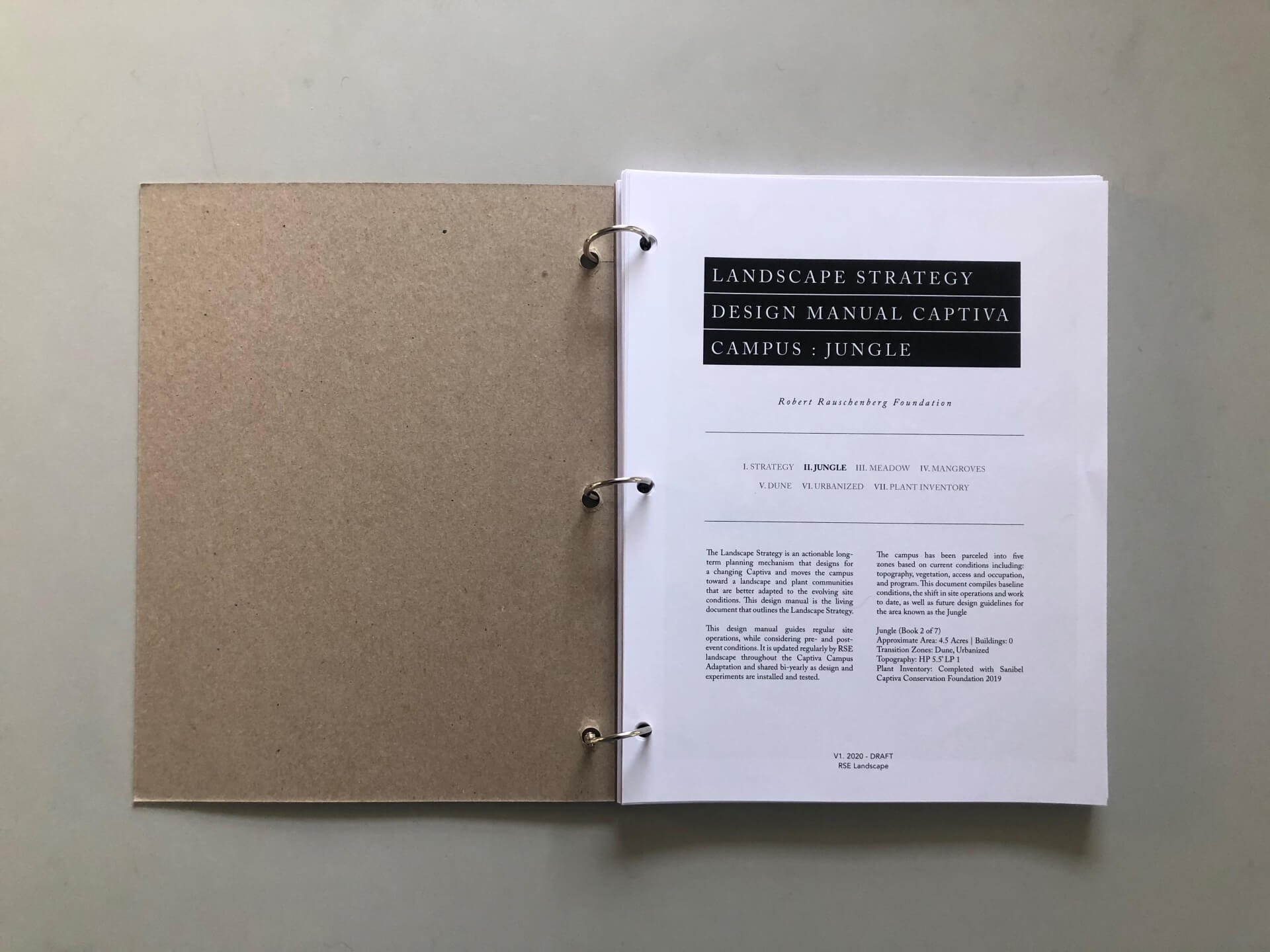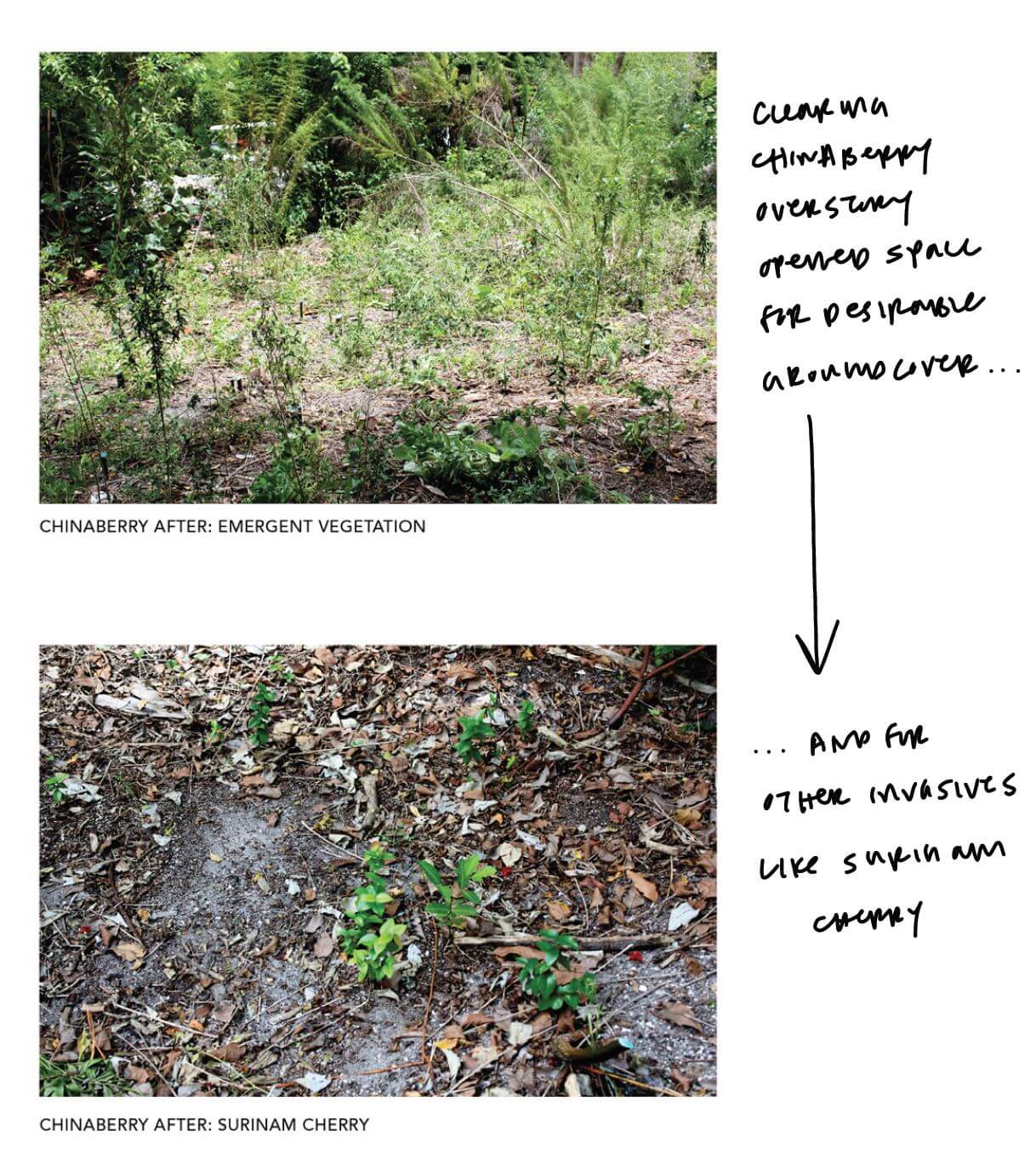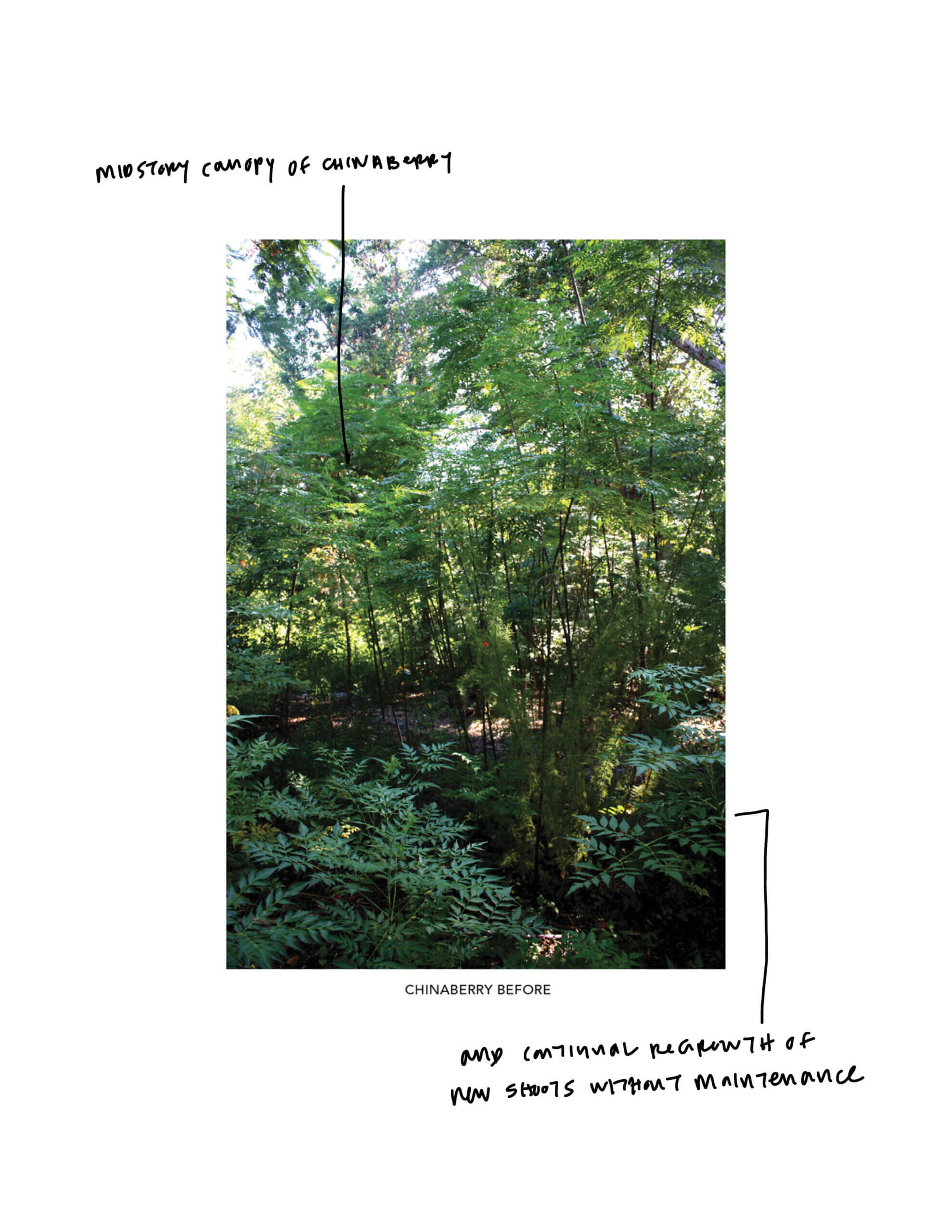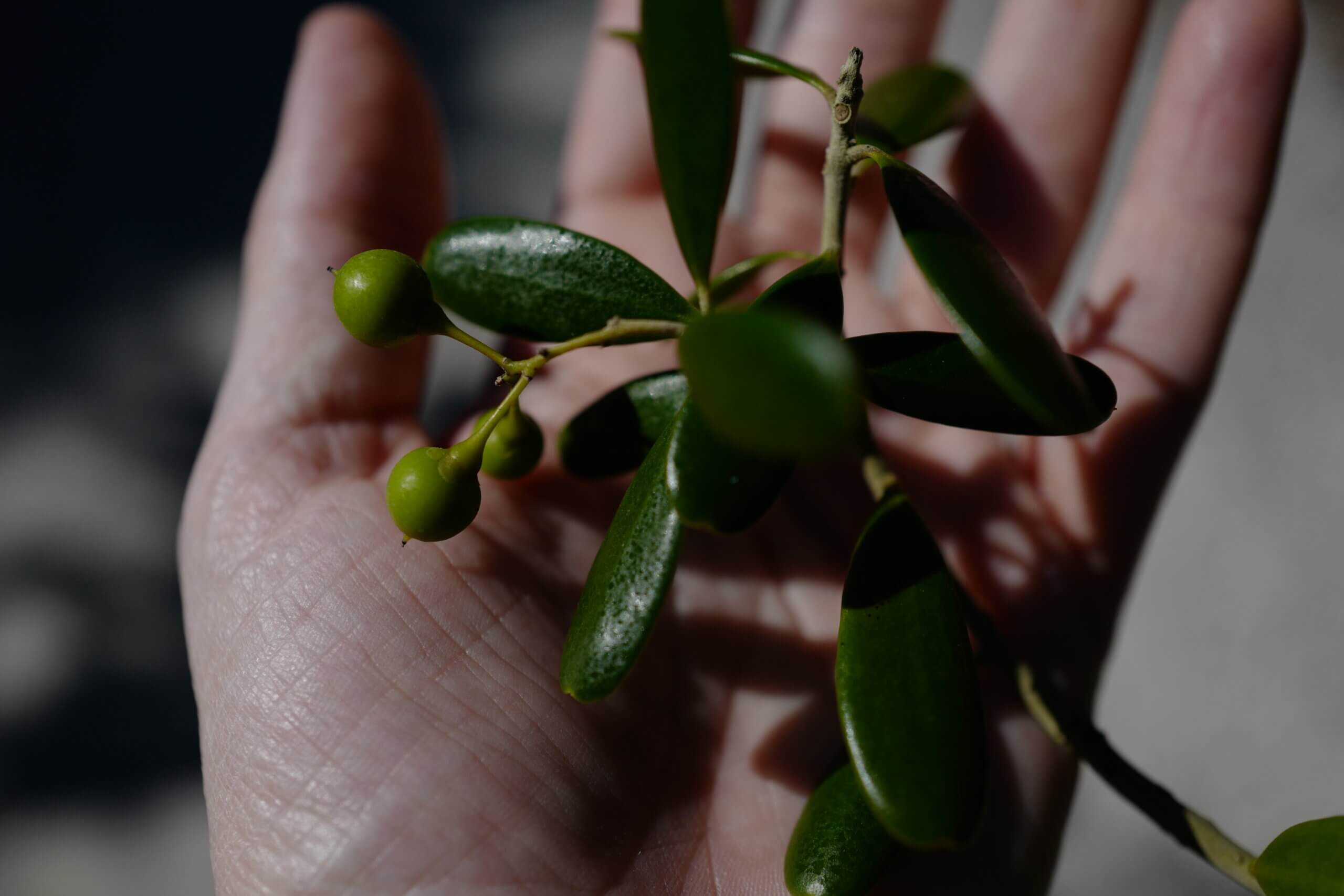The Jungle
Design for a Changing Captiva
Design for a Changing Captiva is a long-term adaptation strategy for the Robert Rauschenberg campus on Captiva, Florida. Working with the Robert Rauschenberg Foundation, the Practice Landscape team first completed an ecological assessment plant inventory of the island-wide conditions, highlighting the temporal aspects of a barrier island, including the increasing impact of environmental change. The final design centered around the landscape strategy for the unique ecological zones on site: Dune, Jungle, Campus, Meadow, Mangrove. The landscape strategy replaces the fixity of a masterplan by providing scenarios that vary over time, acknowledging shifting plant communities and maintenance regimes, and integrating of the cultural and ecological landscape.
Collaborators
WXY architects
EDD hydrologists
RS Walsh Landscaping
Sanibel Captiva Conservation Foundation
Collaborators
WXY architects
EDD hydrologists
RS Walsh Landscaping
Sanibel Captiva Conservation Foundation
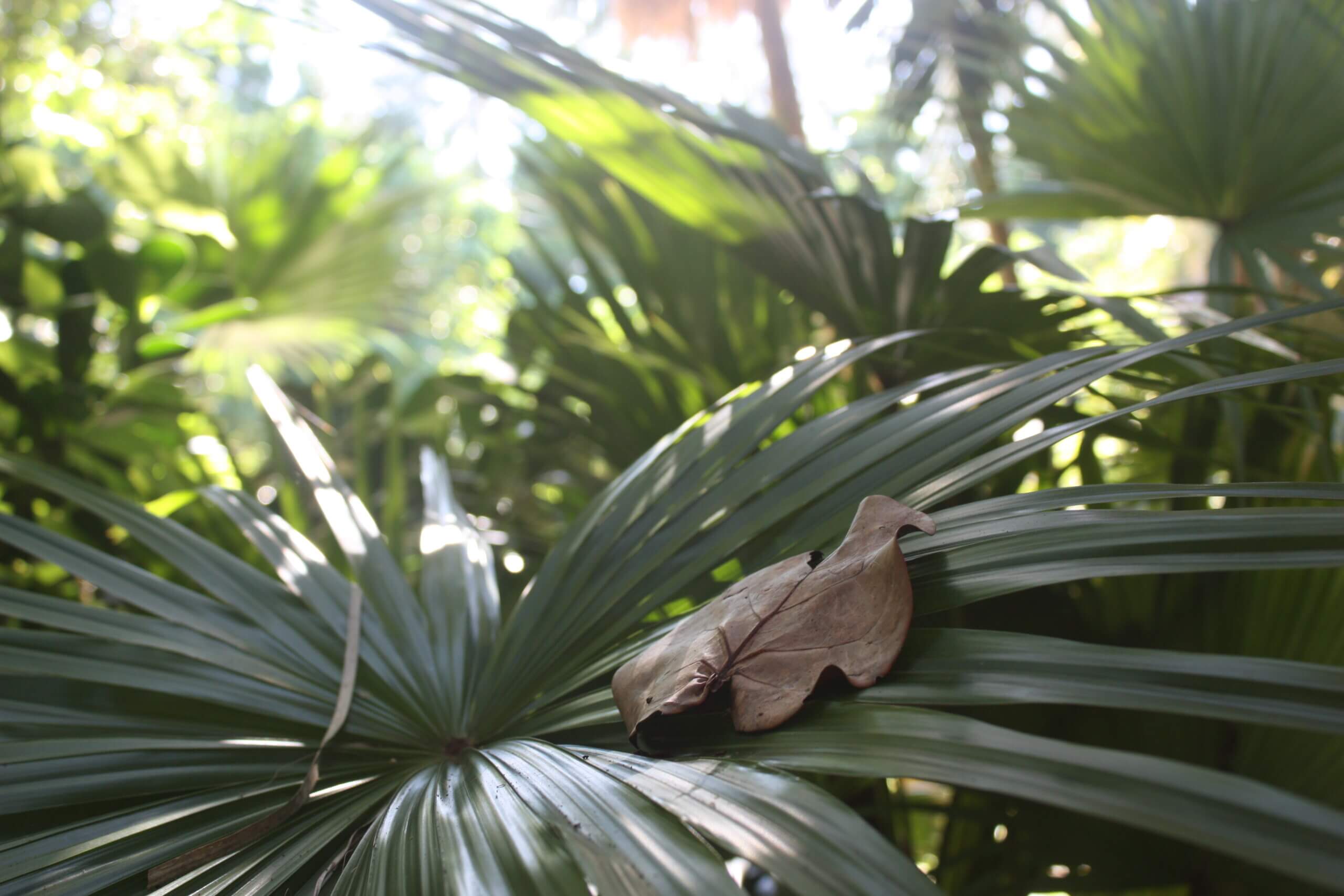
The 4.5 acres Jungle, named by Robert Rauschenberg, is defined by a density of plant life and "the walk", a 900-foot meander that traces decades of travel back and forth across the site. Aggressive species had overcrowded the canopy and created an open site perimeter. The design restored the lush tropical density once associated with the Jungle while increasing diversity within and across biomes by designing with disturbance.
The Environmental Reference Handbook for Sanibel, A Barrier Island Sanctuary states "The Australian pine (Casuarina sp.) is designated as a non-native invasive species by the State of Florida and may not be planted anywhere in the state... Shallow-rooted Australian pines seed themselves readily on disturbed land and beaches, creating a monoculture that significantly limits and stunts the growth of healthy native vegetation." But, as Peter Del Tredici says, "Life is always a continuum and dichotomies typically represent the extreme ends of the continuum, and fail to capture the gray area in the middle. As is typical with most dichotomies, native and exotic are overly simplistic and judgmental." So the design took two distinct approaches to the Australian pines: the pine stand in the Dune that had great cultural significance were kept in place, while the pines within the Jungle were removed because they had a detrimental effect on the surrounding vegetation. Removal and reuse then become a part of the design. With all parts of the pines sorted by size and reused as construction material or mulch.
This process continued with a focus on reusing, transplating and storing all plant material on site. The cabbage palms (Sabal palmetto) below were transplanted from across the site to create a palmetum in the Jungle. Aggressive species were removed and chipped for mulch, and small limbs and branches were used to build screens and fences.
